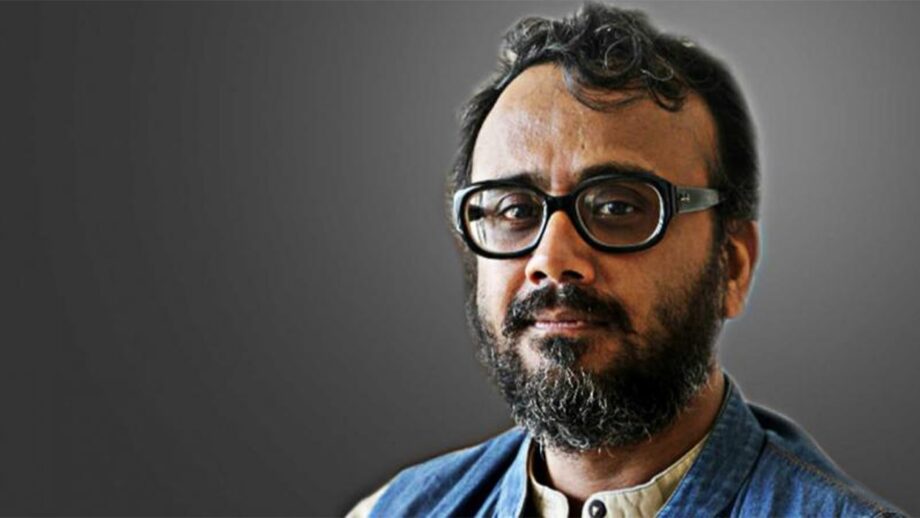It is surprising to hear Dibakar Bannerjee is talking about a sequel to his 2015 film Detective Byomkesh Bakshy at this juncture when it is a thing of the past.
Released in April 2015 it featured Sushant Singh Rajput as the legendary fictional detective Byomkesh Bakshy solving a complicated murder case in Mumbai. Dibakar’s film’s jumbled plot and jumpy characters proved too much for audiences to ingest. The film was a boxoffice disaster.
The original idea was to make a series of Byomkesh films based on the stories by Sharadindu Bandyopadhyay. But after the cold reception to Detective Byomkesh Bakshy , producer Aditya Chopra dropped the idea completely.
So why rake it up now?
“To promote Dibakar’s Sandeep Aur Pinky Faraar on Netflix.With Sushant Singh Rajput’s death anniversary around the corner, what better way to get attention?” is the giggly answer I get from one of Dibakar’s director-friends..
Sushant Singh Rajput was very excited about Detective Byomkesh Bakshy.
In an interview with me Sushant had said, “It was one more learning experience for me. Dibakar trusted me completely. We had done workshops before we started shooting. So, I knew exactly what he wanted me to do, and how I should go about it. We had a lot of room for experimentation and I think I’ve grown as an actor. But if you ask what I think of my performance as Byomkesh, I wouldn’t be able to tell you. For the first time I didn’t check myself on the monitor after every shot. That was a conscious decision. I looked, talked and behaved very differently from the way I am in real life. If I had seen myself on the monitor, I’d have become very self-conscious and it would have been difficult for me to do the next shot. I didn’t want a visual self-reference, as that would have distracted me from performing. It wasn’t difficult. It was interesting. Dibakar gave me lots and lots of tips and reference points. Besides I had a whole team looking after my clothes, make-up, hair etc. They made sure I looked the character.I also saw lots of films from the 1940s and 1950s. How they walked, the way they talked, the way they did this and that….these were details I had to understand on my own. I had to be convinced that I had to behave in a particular way.”


